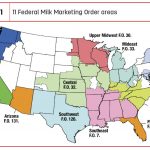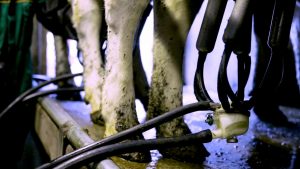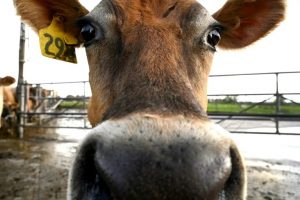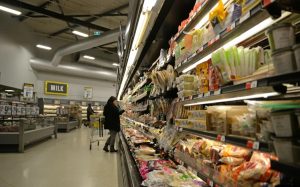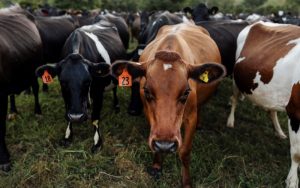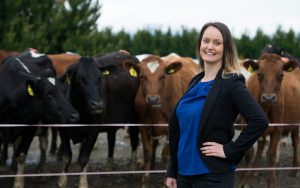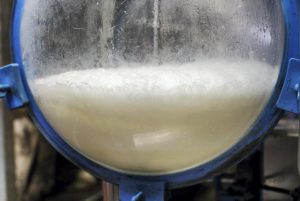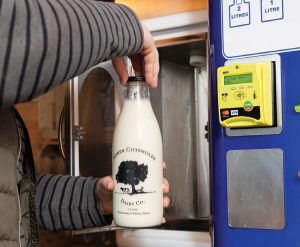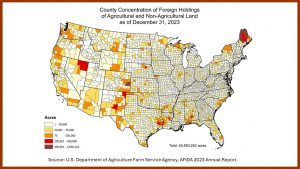
On current performance, agricultural lender will overtake ANZ next year, broker predicts.
Rabobank is on track to become the largest lender to the agriculture sector when it overtakes ANZ next year, NZAB director Andrew Laming says.
Rabobank lending has grown by 5% annually since 2018 while ANZ has dropped by 2.3% a year and that convergence means Rabobank will take over leadership in a little over a year, he predicted.
NZAB is a nationwide broker specialising in agricultural lending and Laming writes regular observations about bank competition and policies.
In 2024 Rabobank overtook BNZ in agri lending, increasing its book by $450 million to $13.5 billion to become No 2 in the market behind ANZ.
According to the Reserve Bank of New Zealand, total agri lending stayed steady during the year at $61.3bn.
Loans to dairy farms reduced by $400m during the year as farmers used record milk prices to reduce debt.
Dairy loans are 58% of the agri total, at $36bn, followed by $15.6bn for sheep, beef and cropping farms and $8bn for horticultural businesses.
Laming said the major movements in market share among banks are the Rabobank growth and the ANZ shrinkage in agri and business loans.
“Rabobank has been able to grow because of the lack of competition, although that has increased again recently and Rabobank’s growth has slowed a little.
“Most other banks have largely maintained their market share, with a pick-up for BNZ since 2021 and a slight decline by Westpac since that time.”
The numbers in agri lending by the major banks at the end of 2024 were ANZ $14.6bn, 23.9%, Rabobank $13.5bn, 22.1%, BNZ $13.2bn, 21.7%, ASB $10.3bn, 16.9% and Westpac $8.5bn, 13.9%.
“While it might be easy to extrapolate that Rabobank has supported the sector better, that would ignore the impacts of regulation and mandate,” he said.
Rabobank typically only lends to farms, orchards, vineyards and their post-farmgate facilities, whereas the four main trading banks lend mostly on housing.
“With their wider mandate they have been able to fill up on the less capital-intensive home lending, directing focus away from agri.
“As a result, their return on bank equity has been higher.”
Laming said the average floating interest rate for farmers has come down from 8.5% to 6.25% over the past 18 months.
The Reserve Bank has said the increase in bank equity requirements should have justified 0.6% extra margin for agri loans but on average that has been 1.25%.
“Couple that with the very low defaults or actual losses and we can see that agri lending is lucrative, for Rabobank included.”
Finance Minister Nicola Willis has asked the Reserve Bank to review its capital requirements of the trading banks and specifically the risk-weighted requirements for agricultural lending.
ANZ bank chief executive Antonia Watson has said recently that housing lending will continue to grow but that agri lending would be constrained by lack of growth in the number of farms.
“So, you wouldn’t expect your agri lending to increase to the extent of your housing lending.”
Laming said that ignores the need for financing the primary sector’s goal of doubling of export earnings and farmers’ need for reinvestment in their own infrastructure.
You can now read the most important #news on #eDairyNews #Whatsapp channels!!!
🇺🇸 eDairy News INGLÊS: https://whatsapp.com/channel/0029VaKsjzGDTkJyIN6hcP1K


